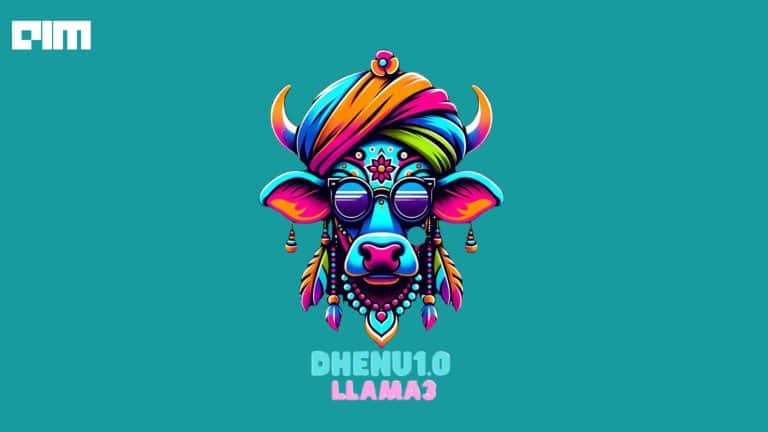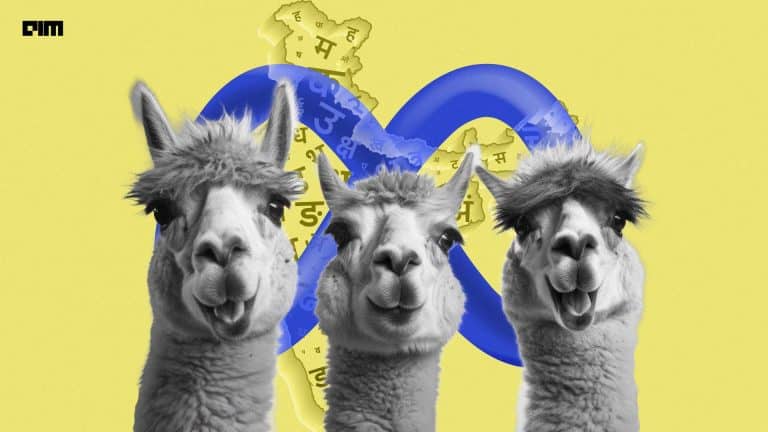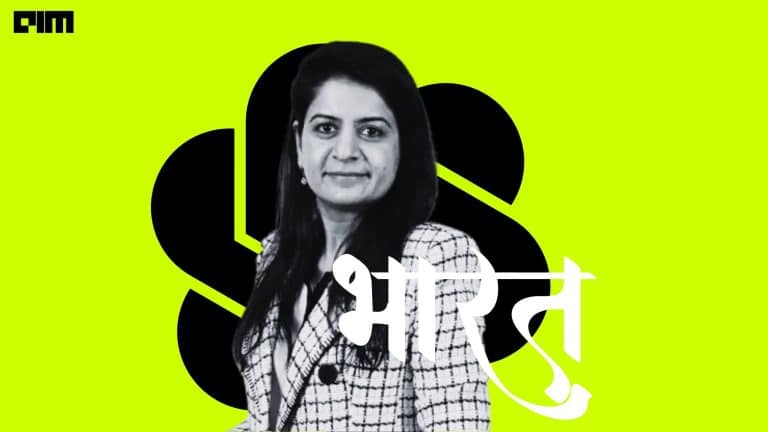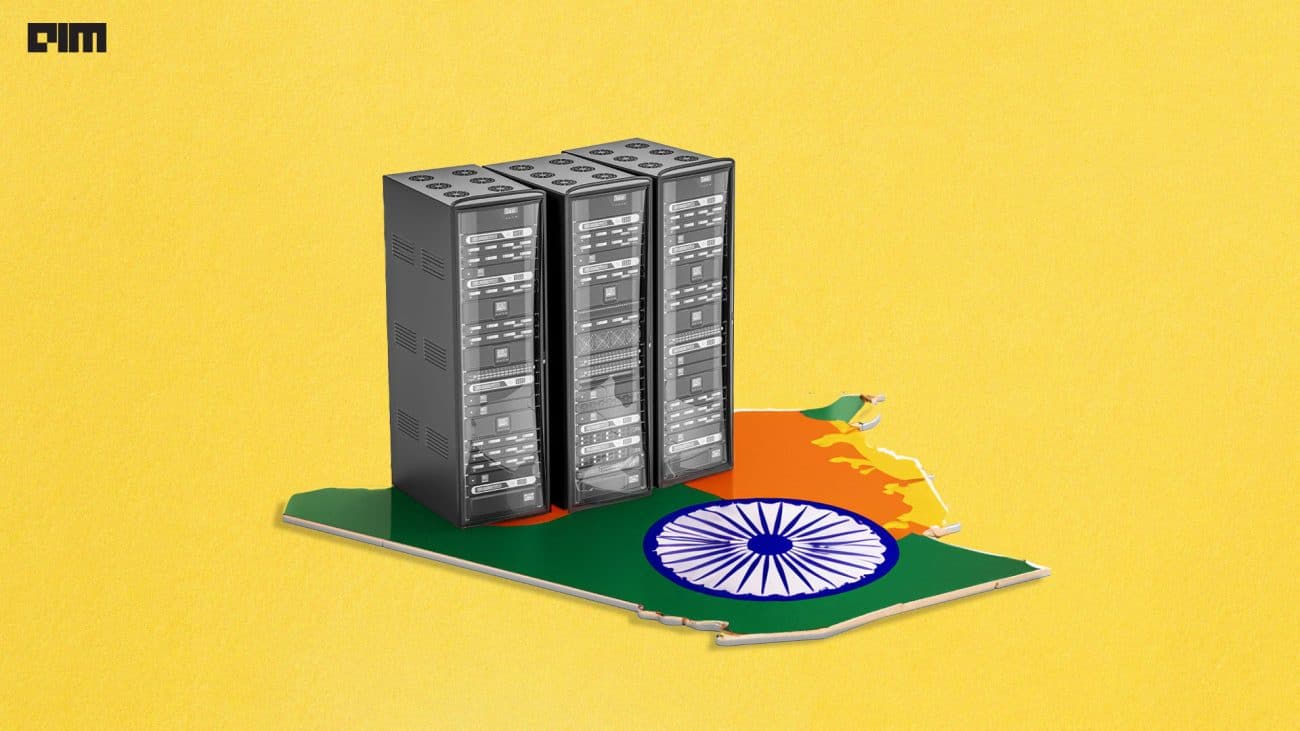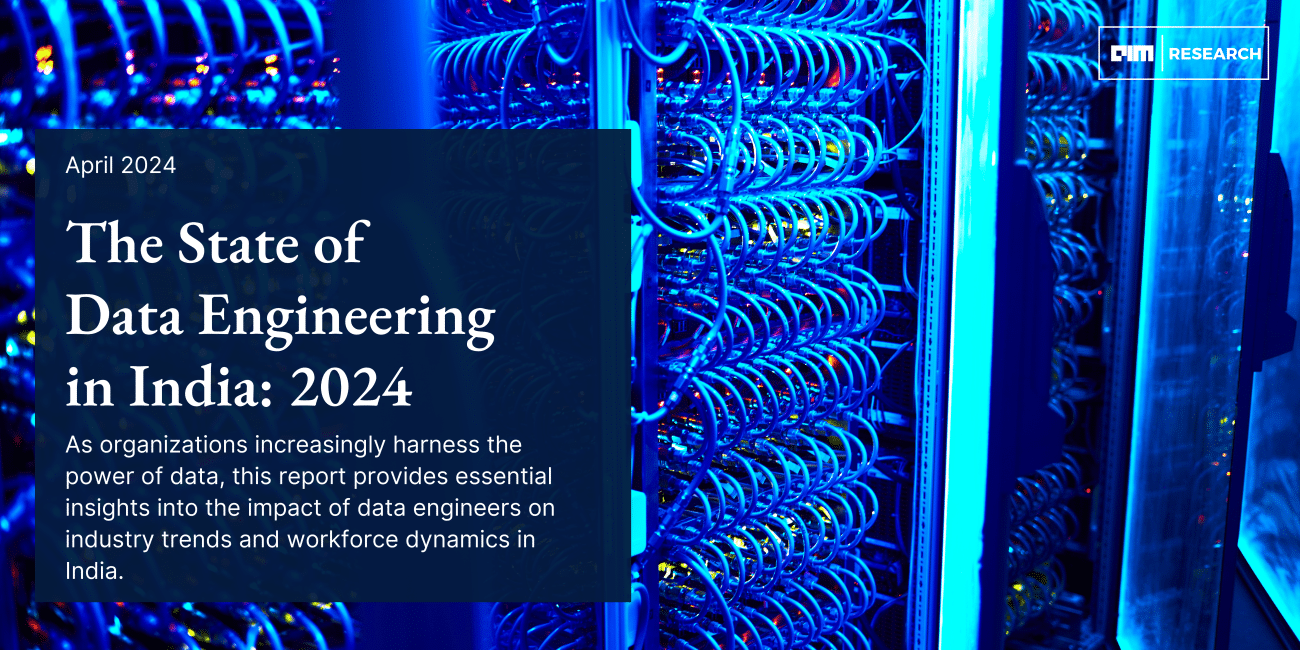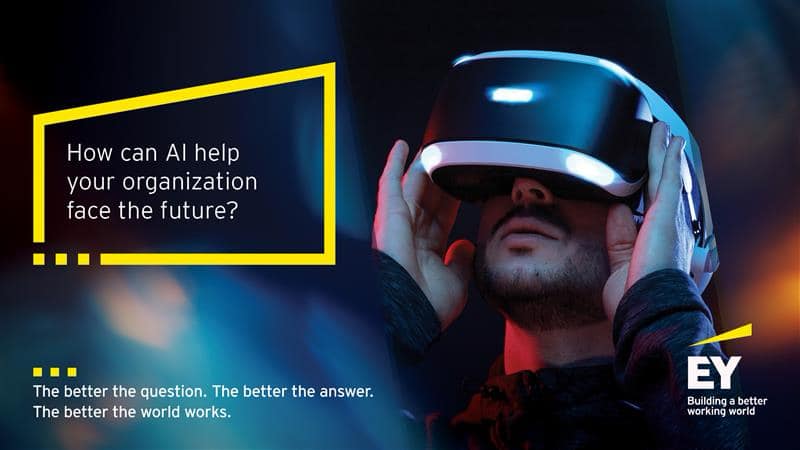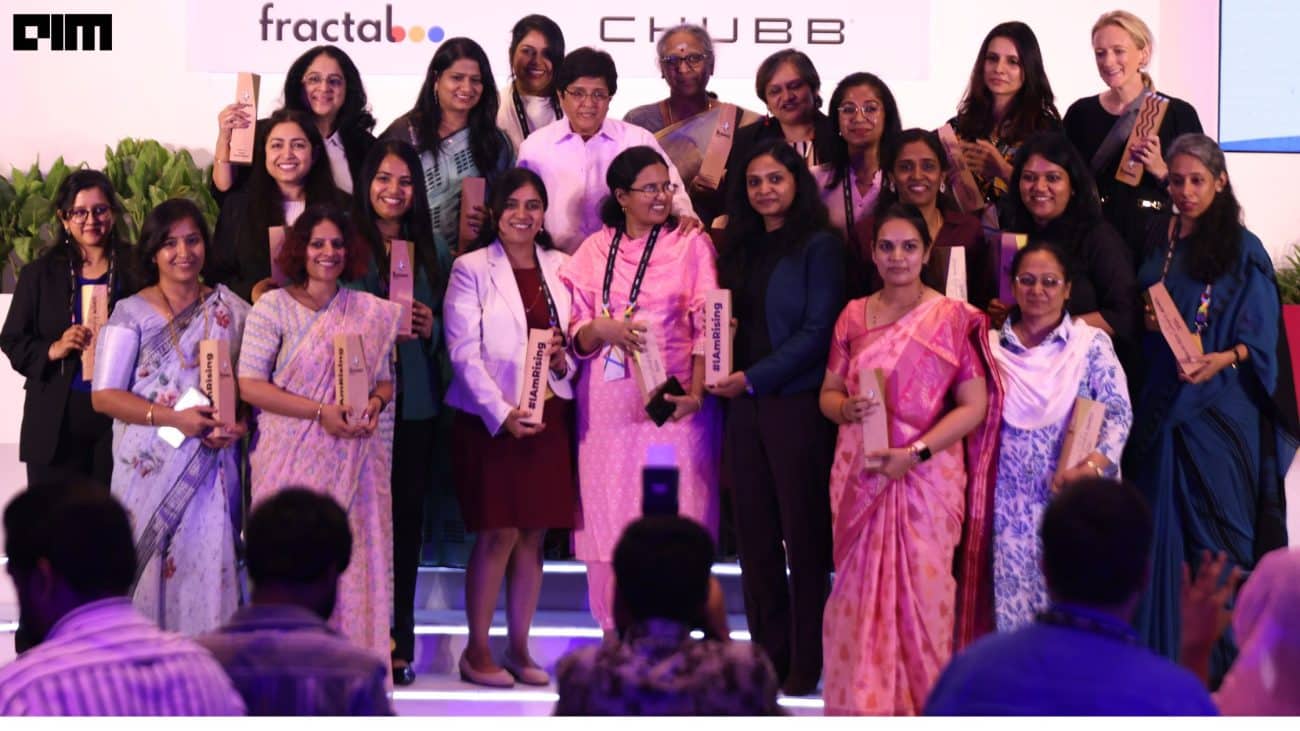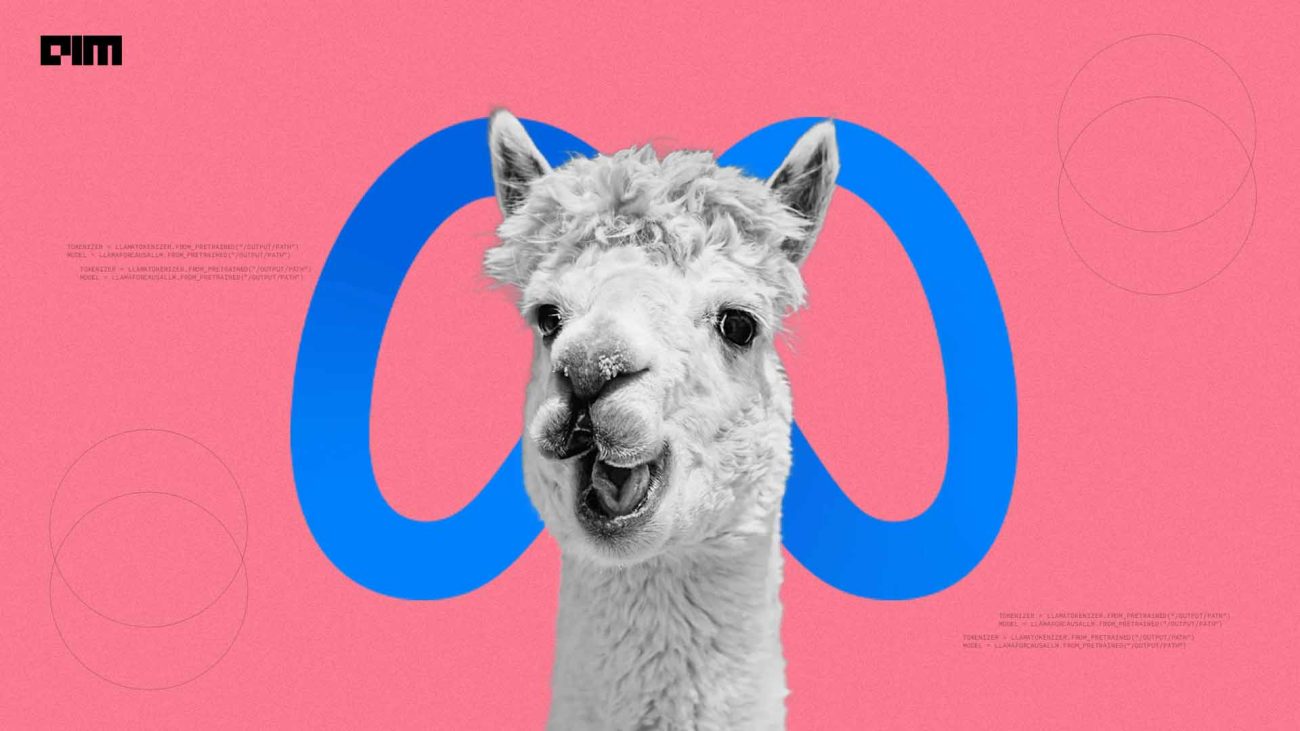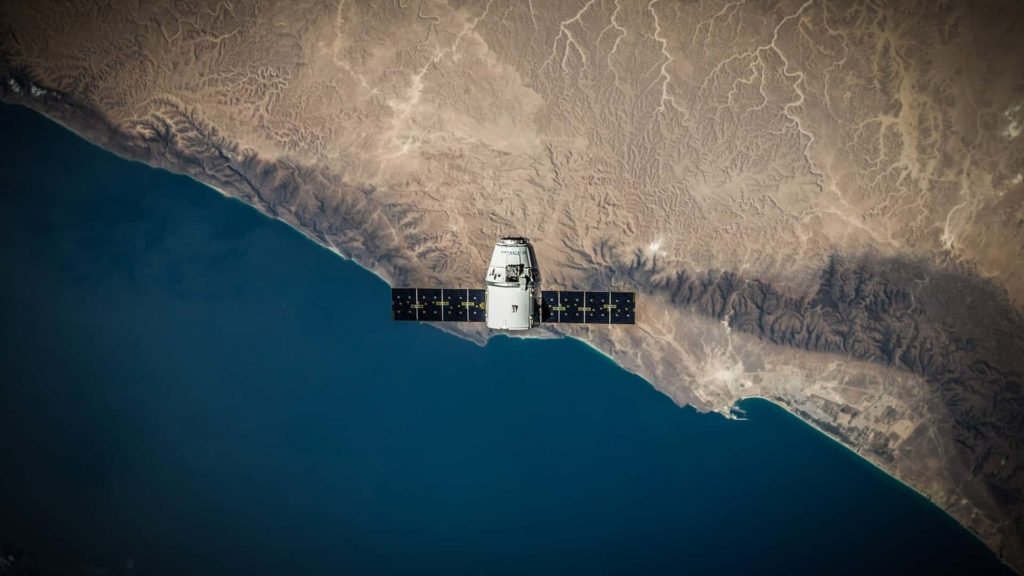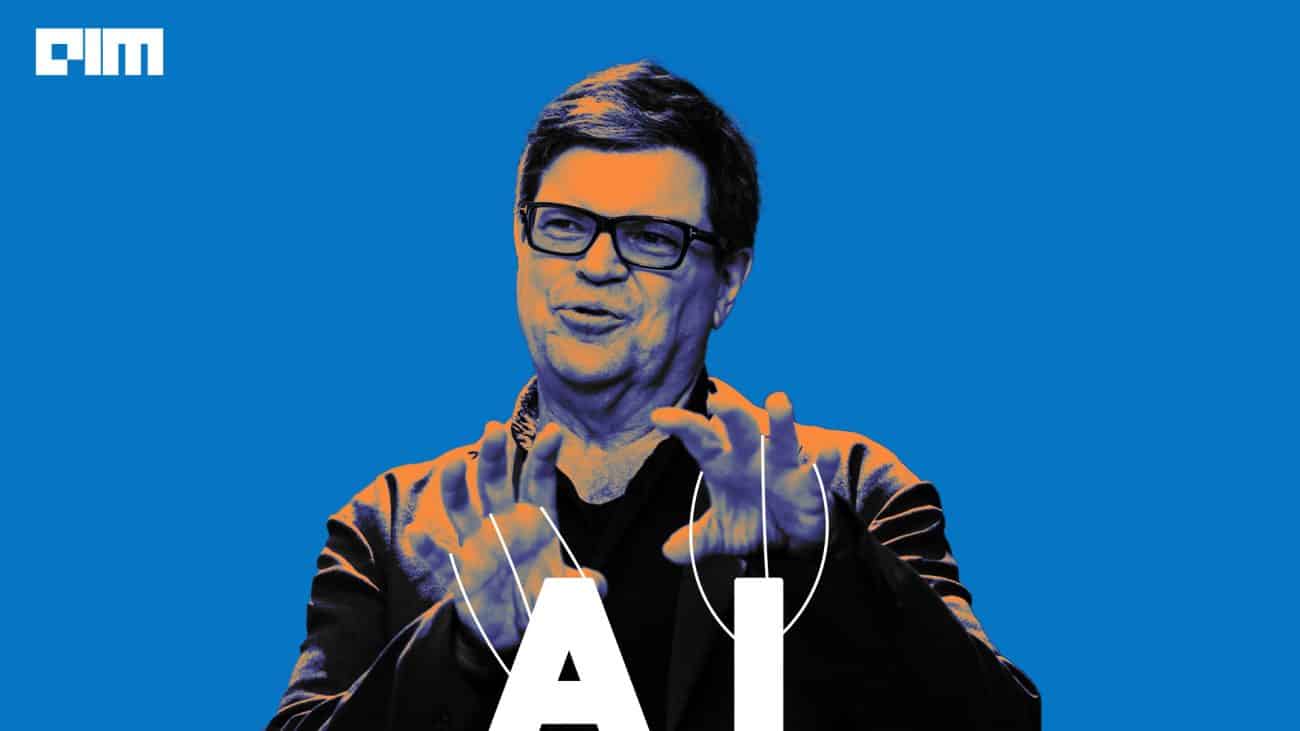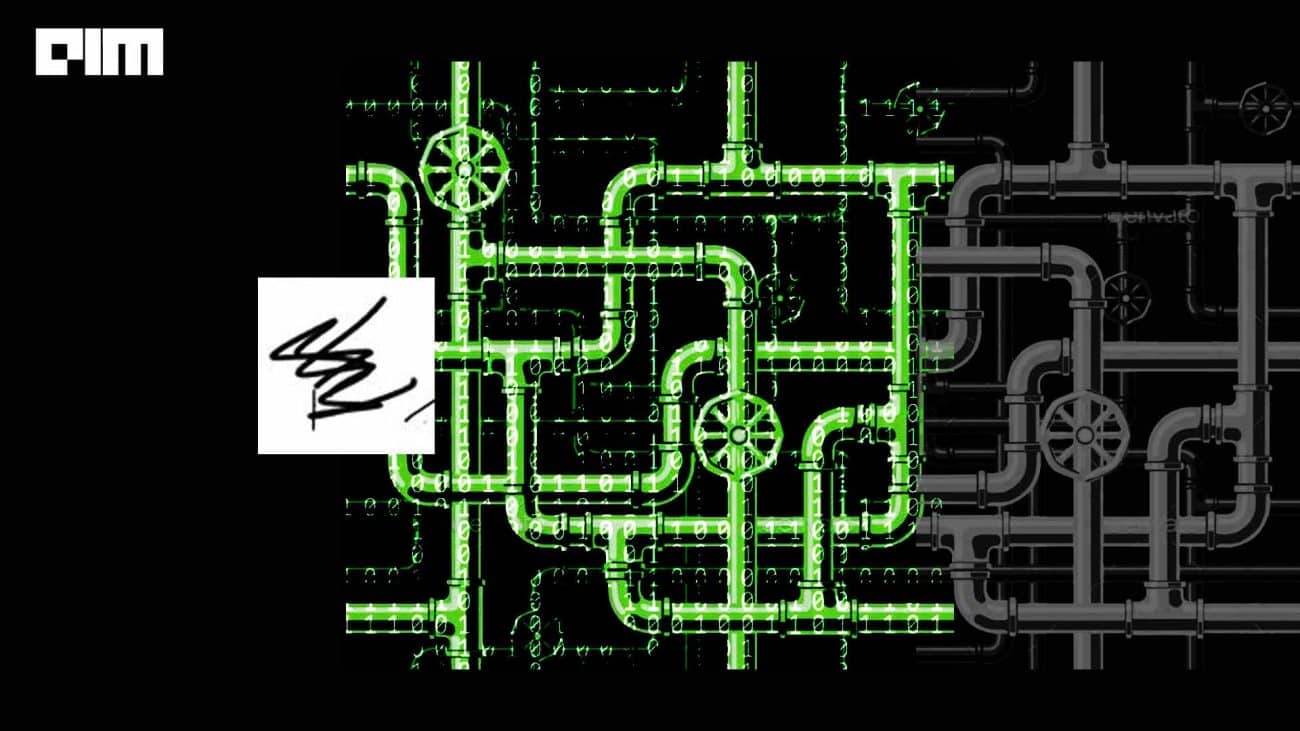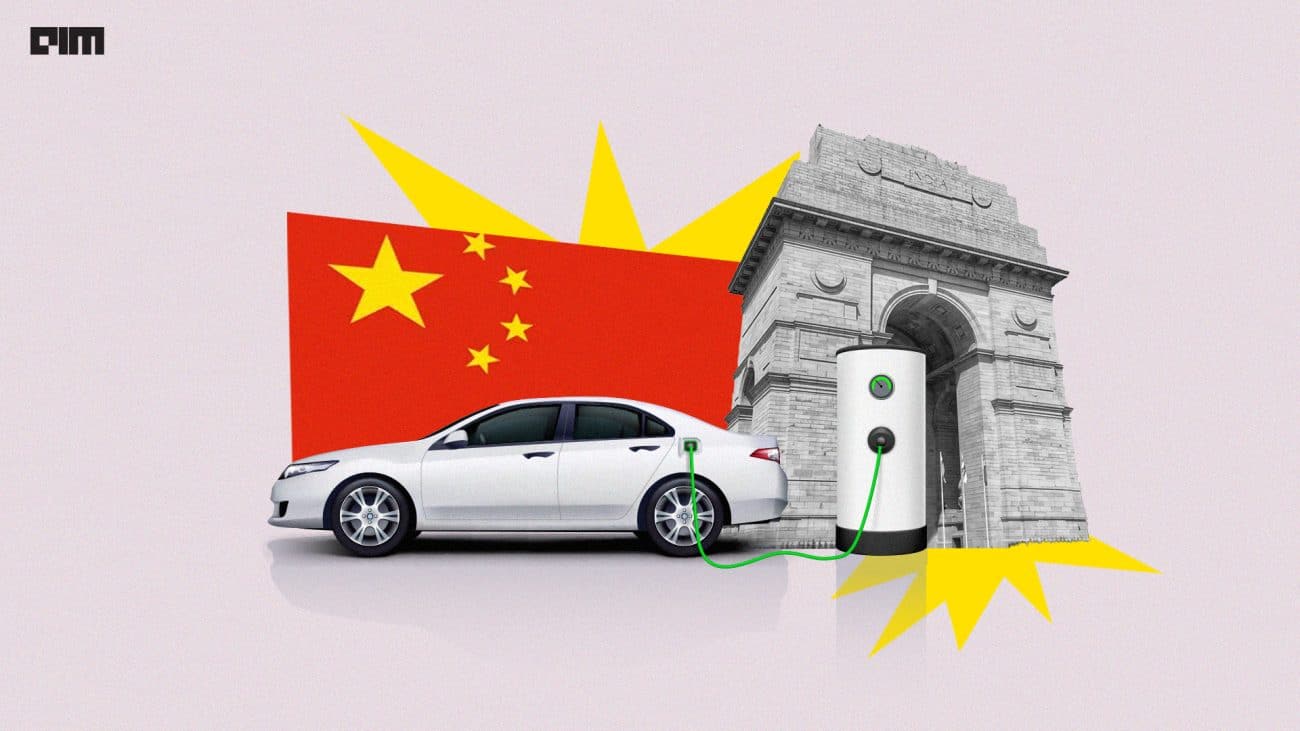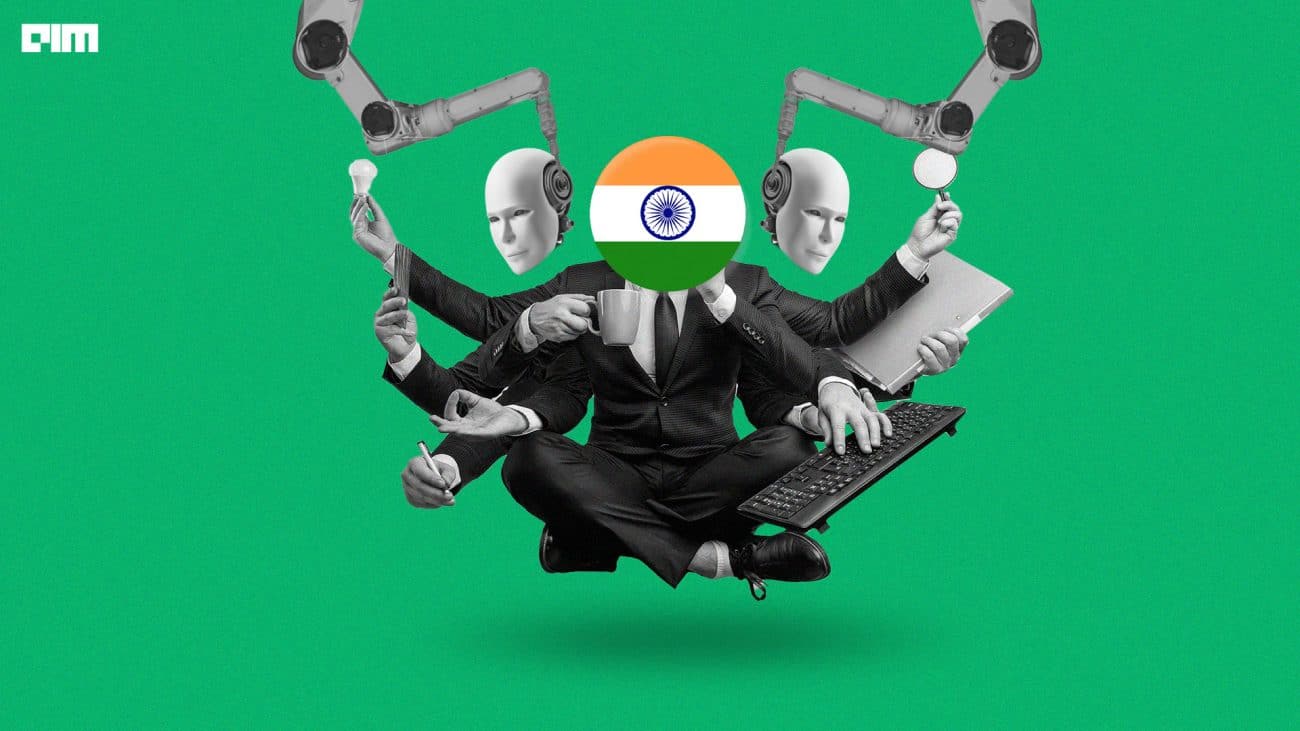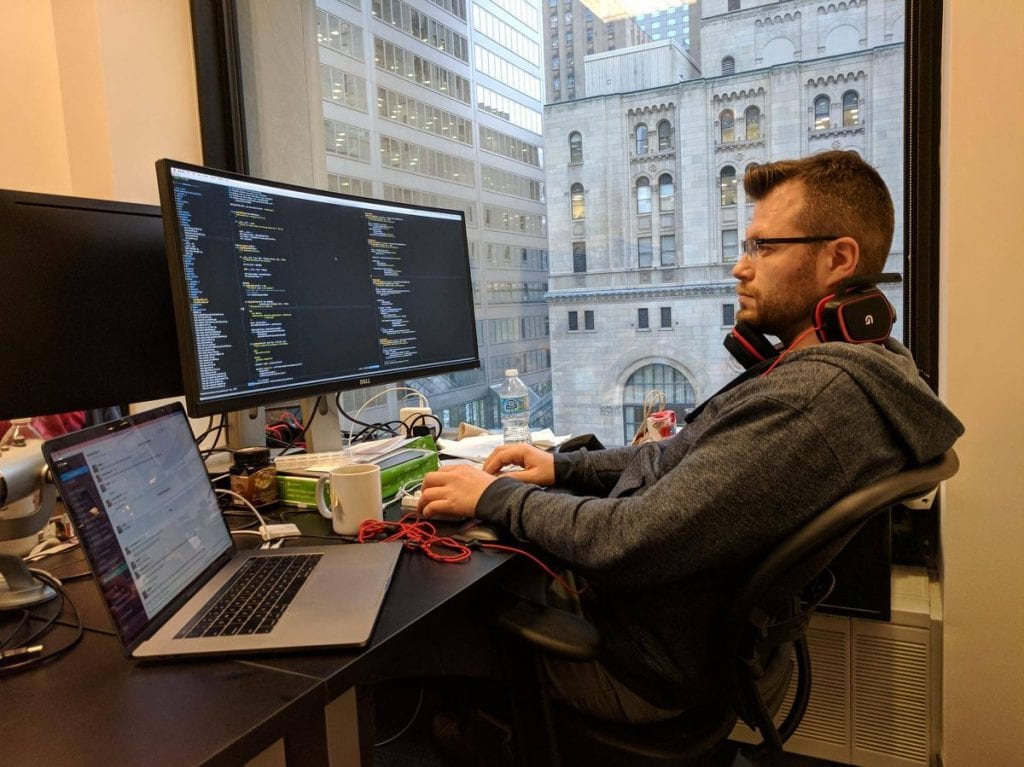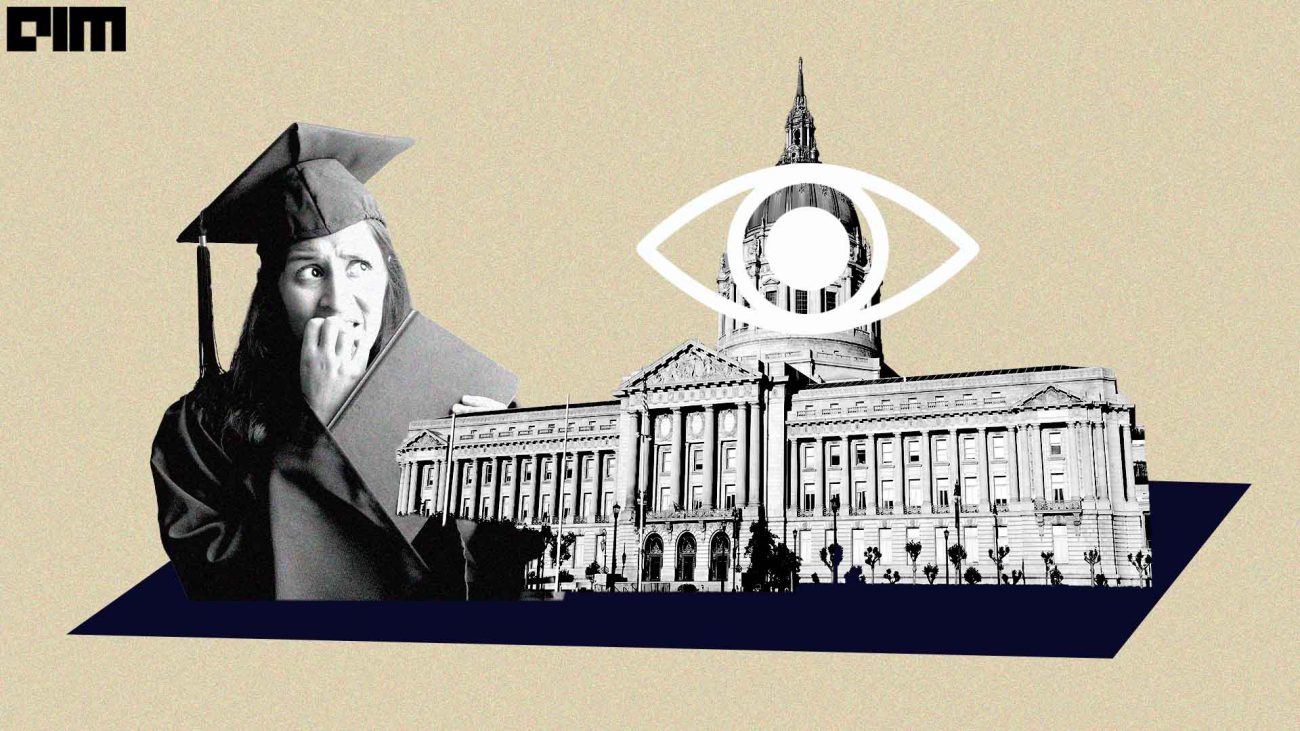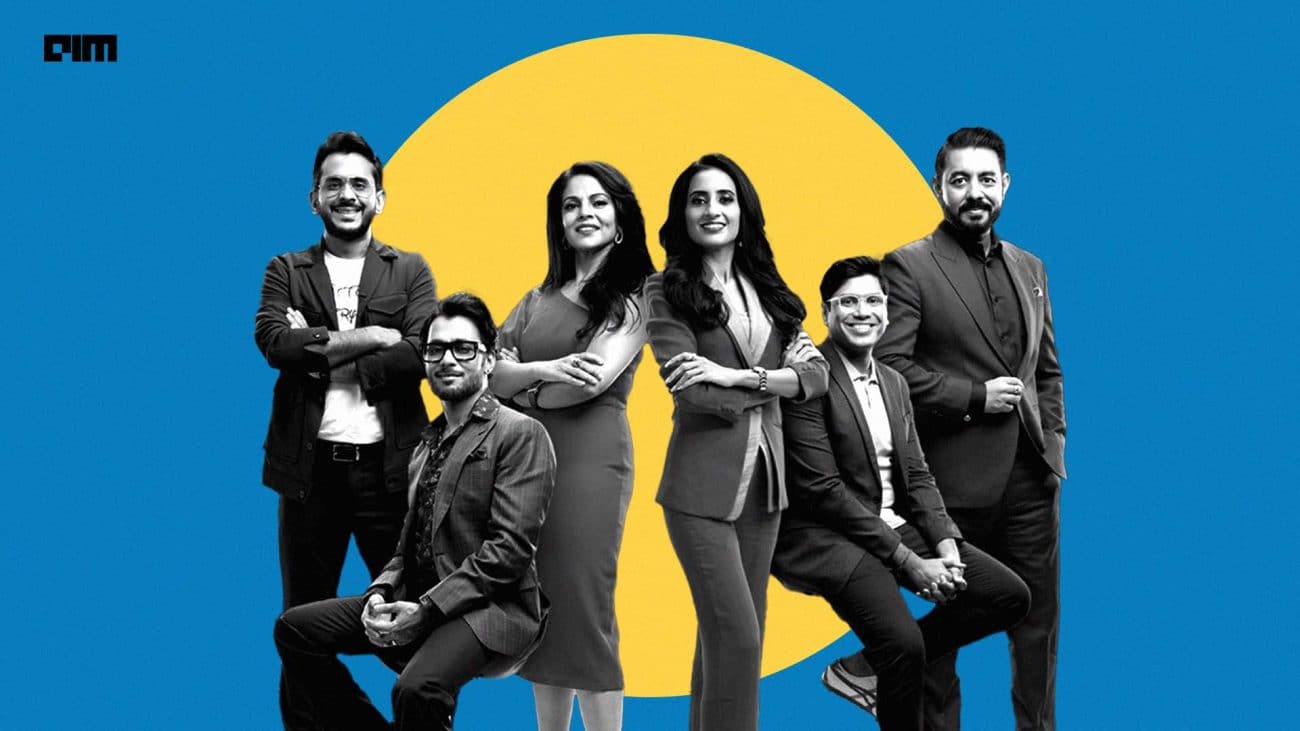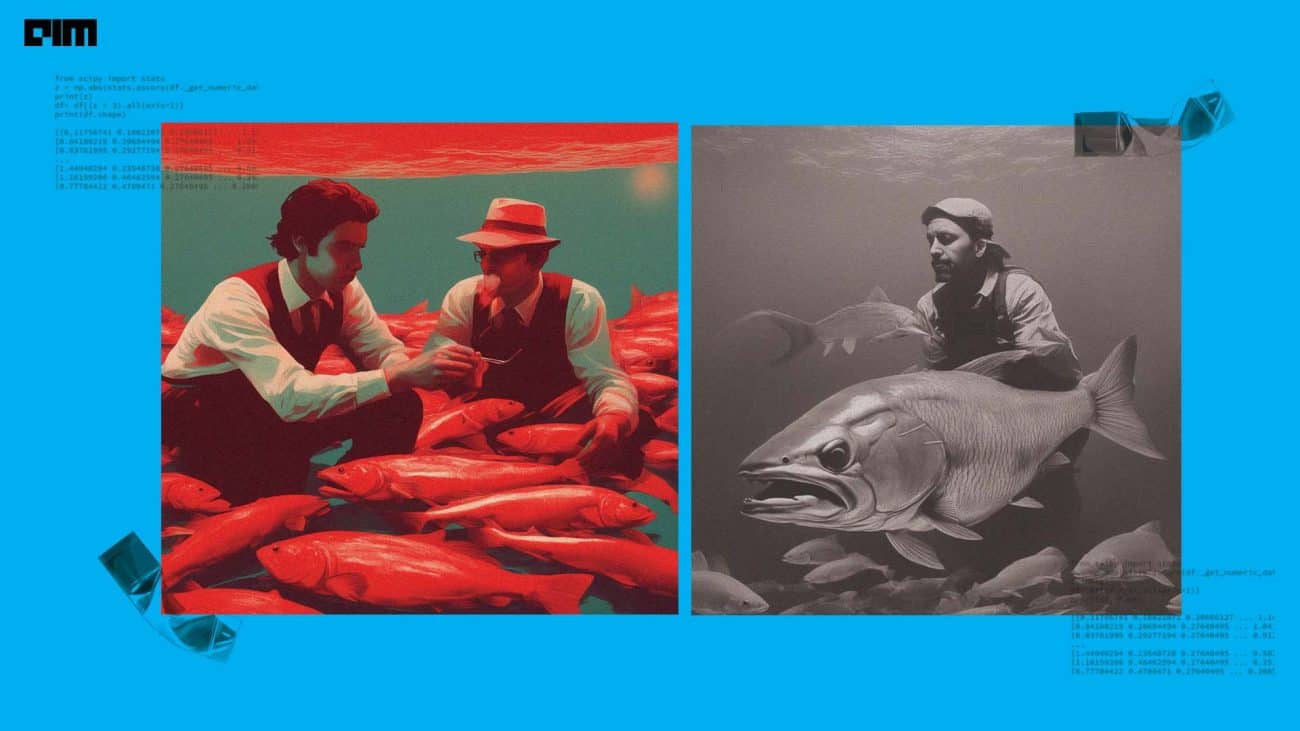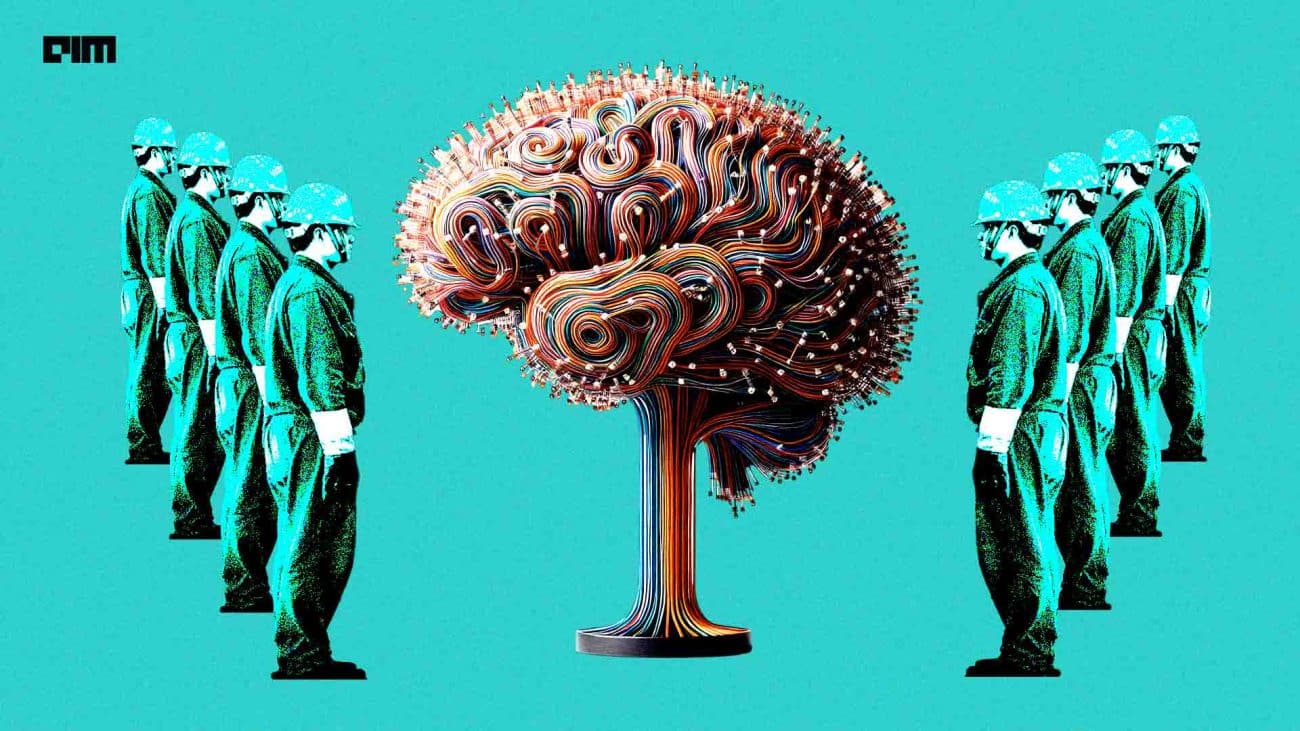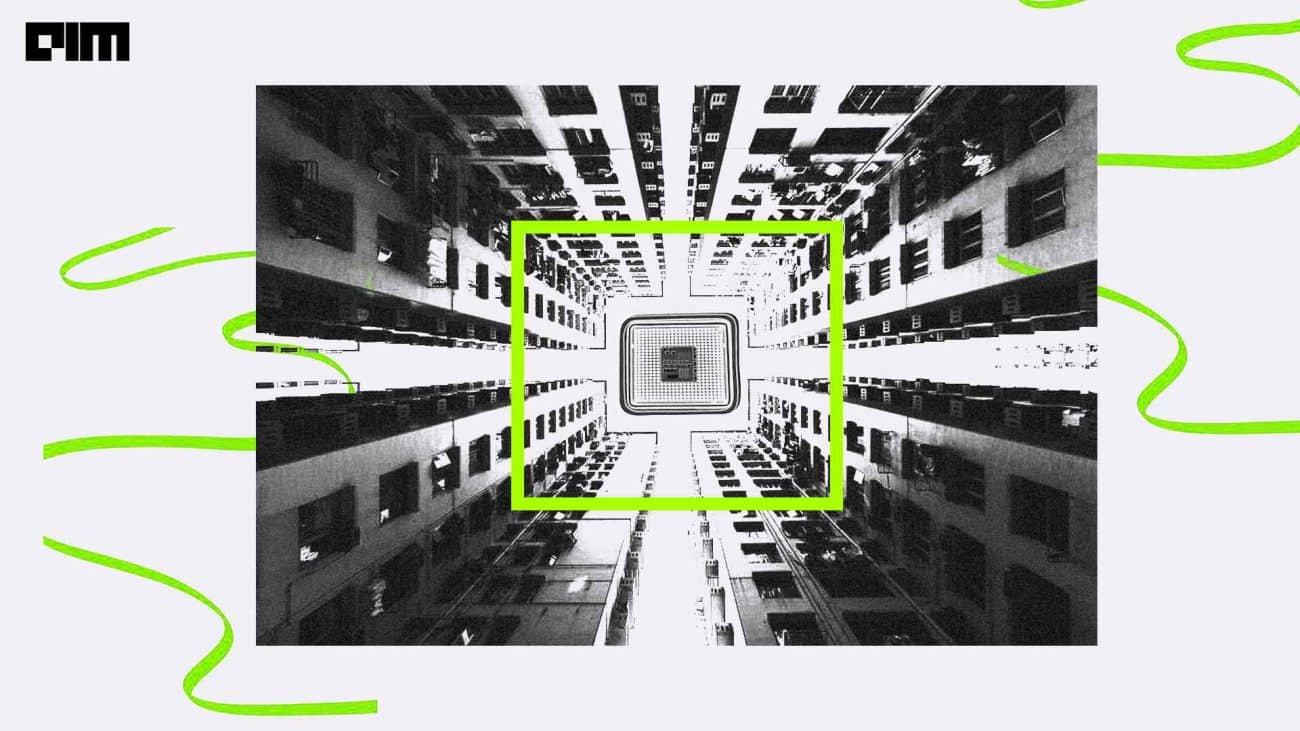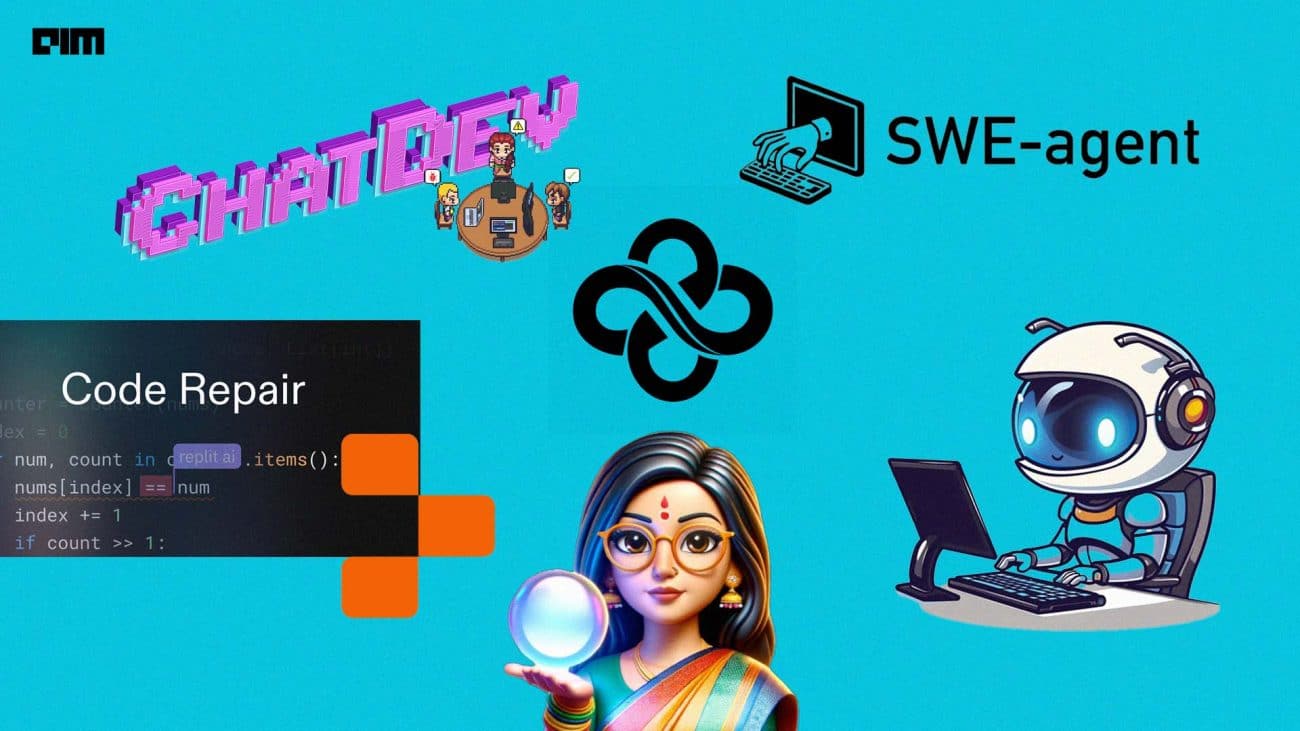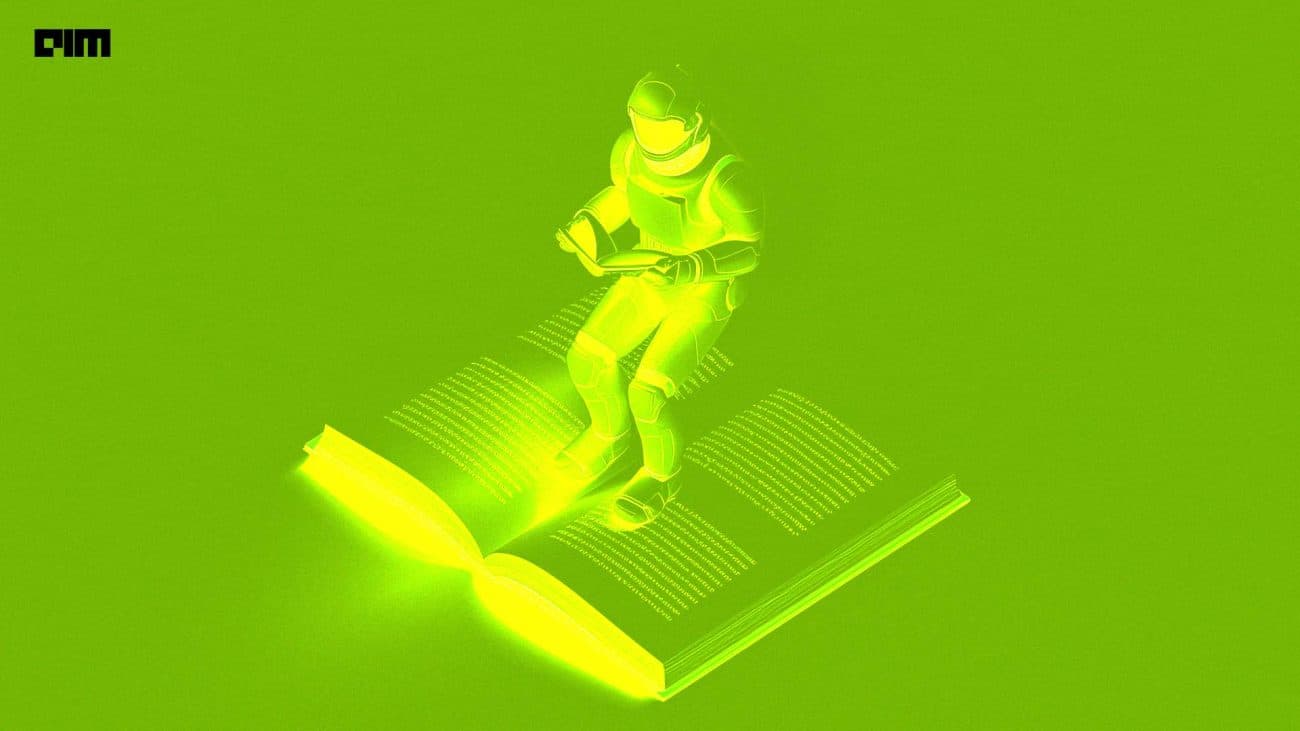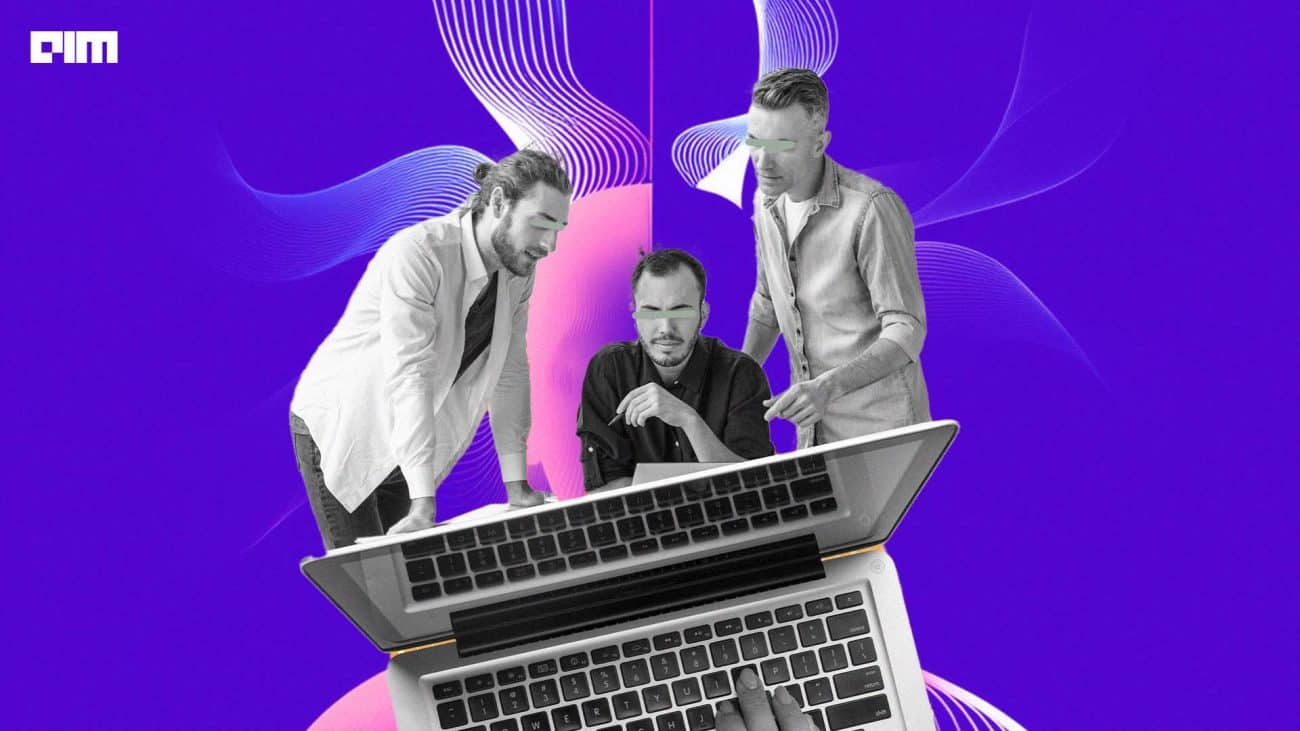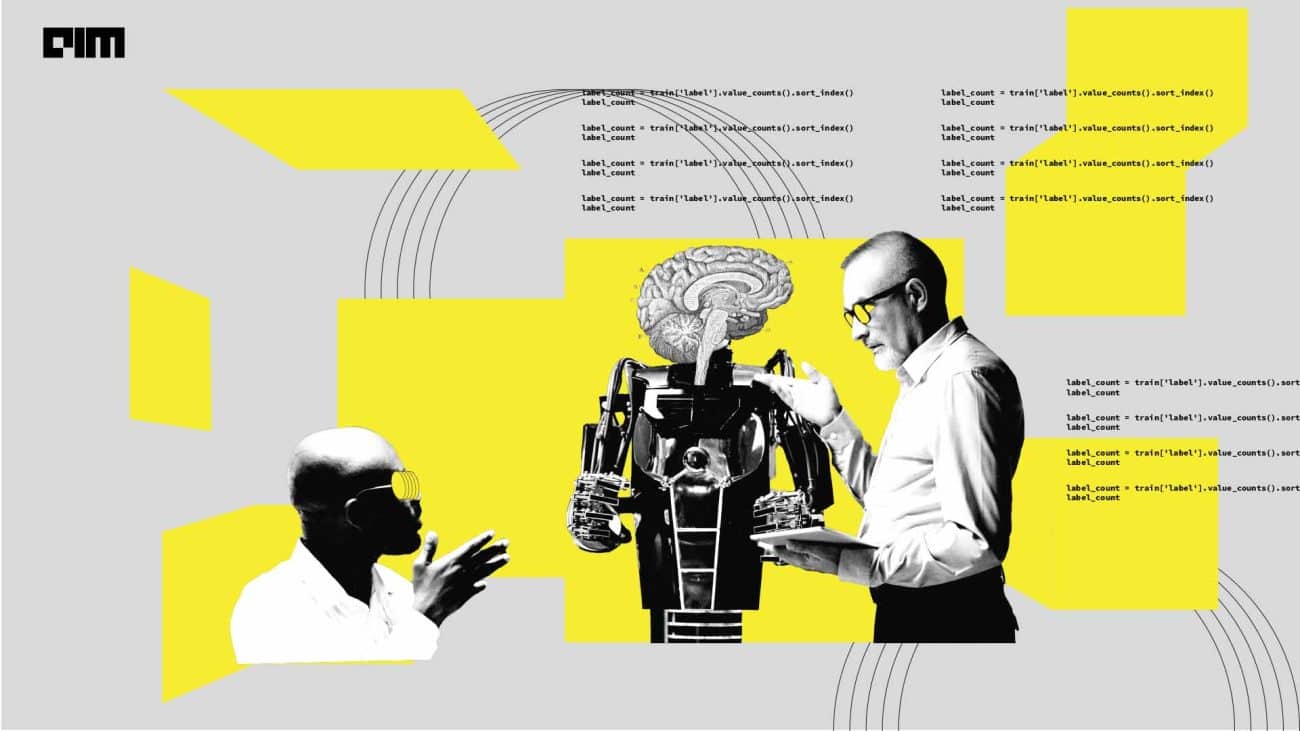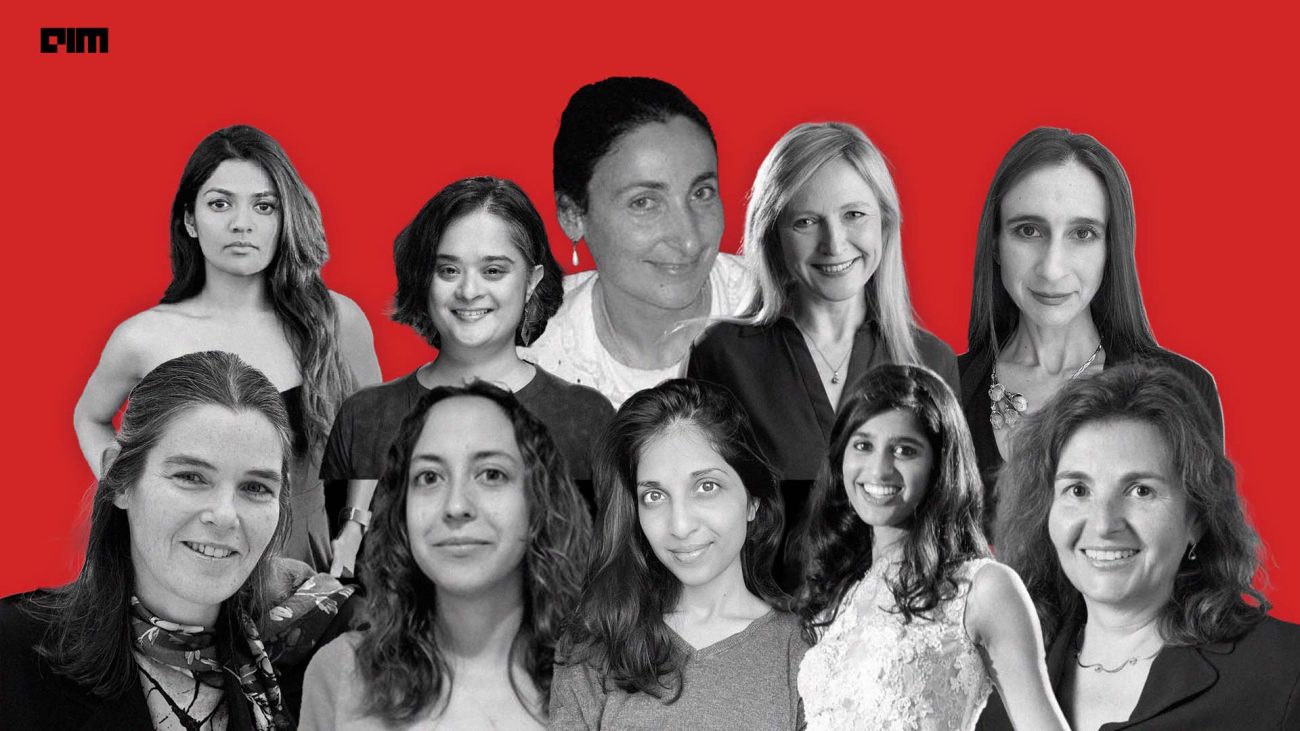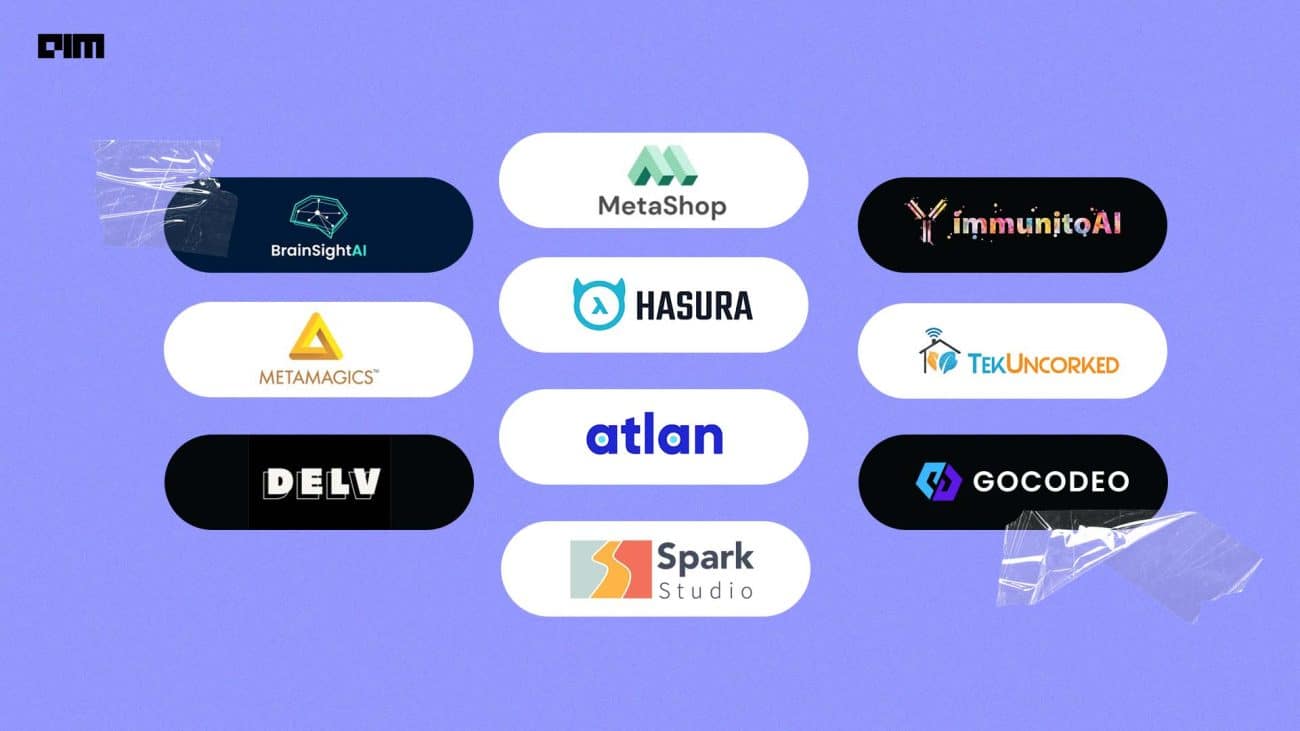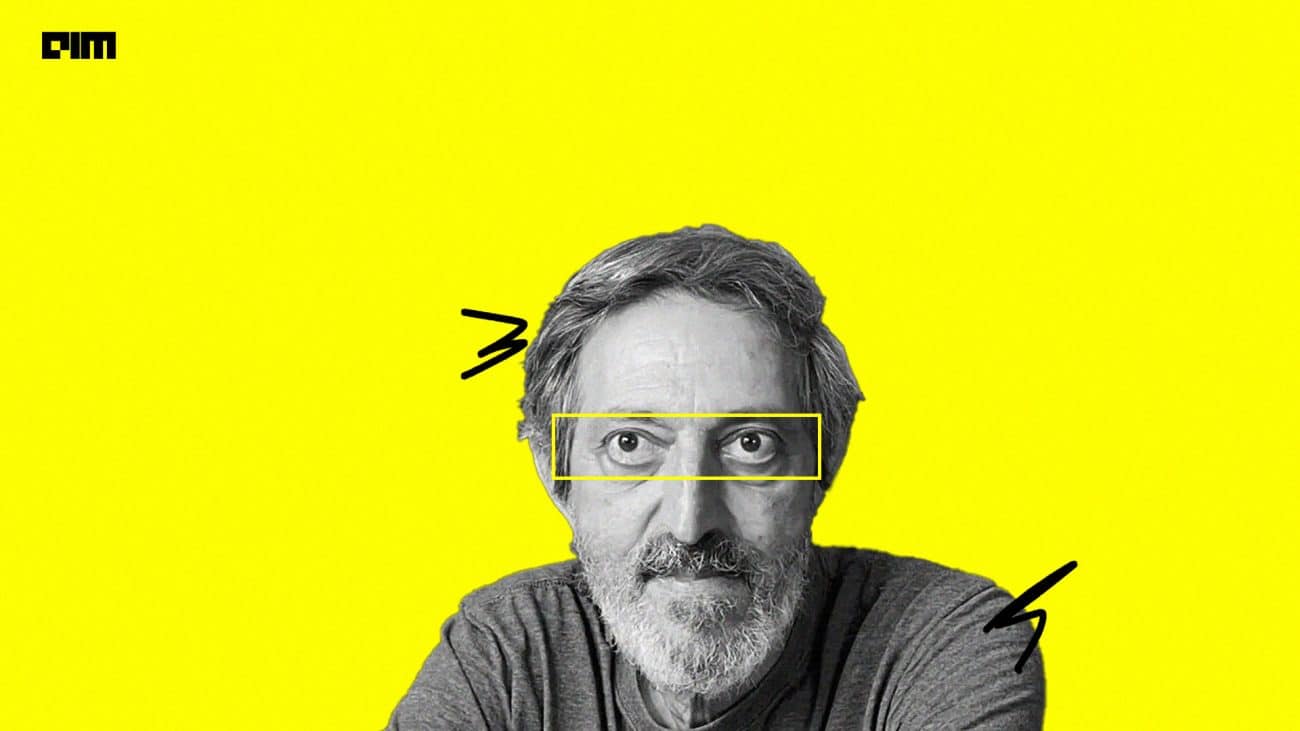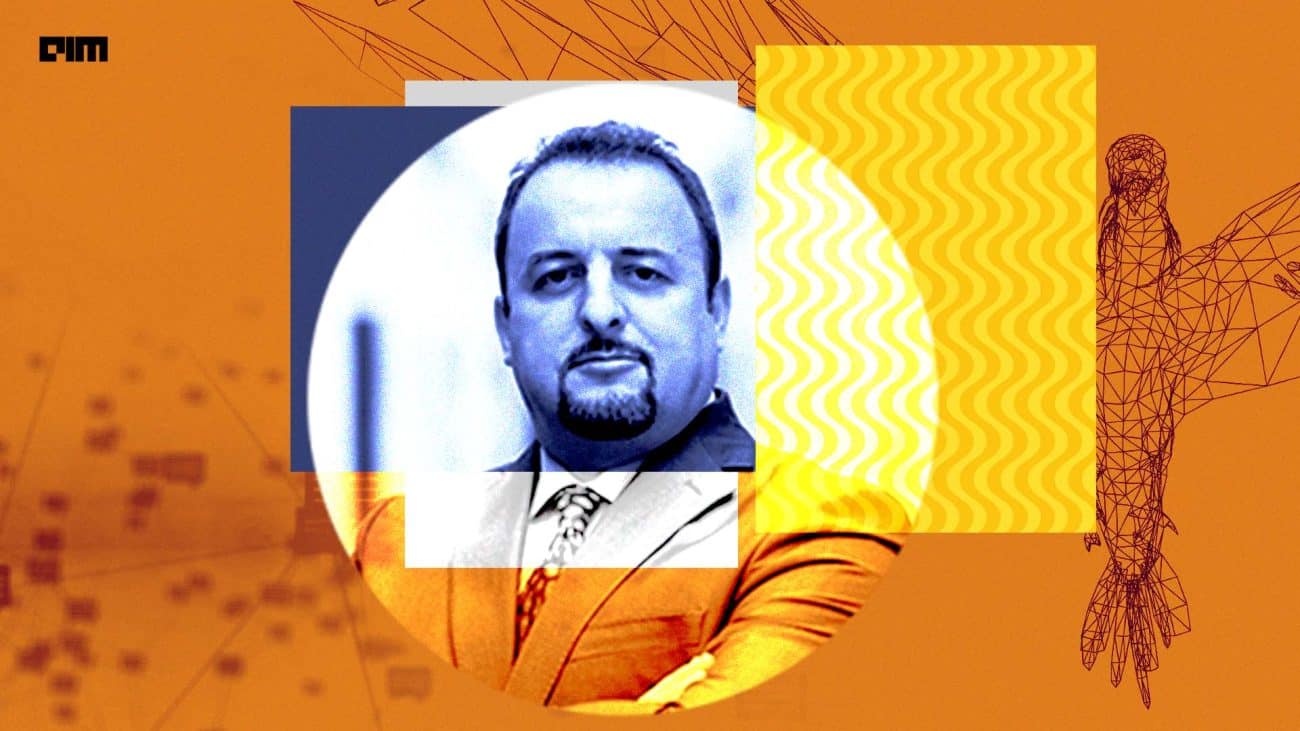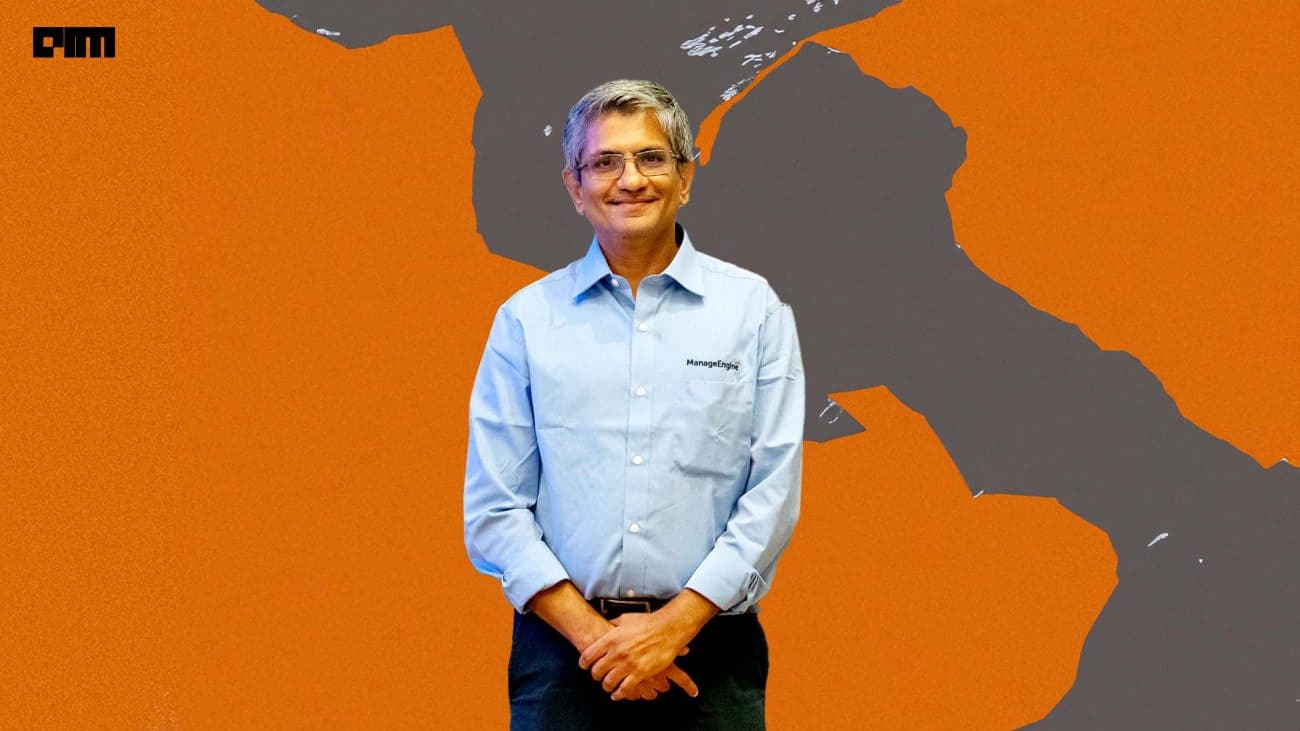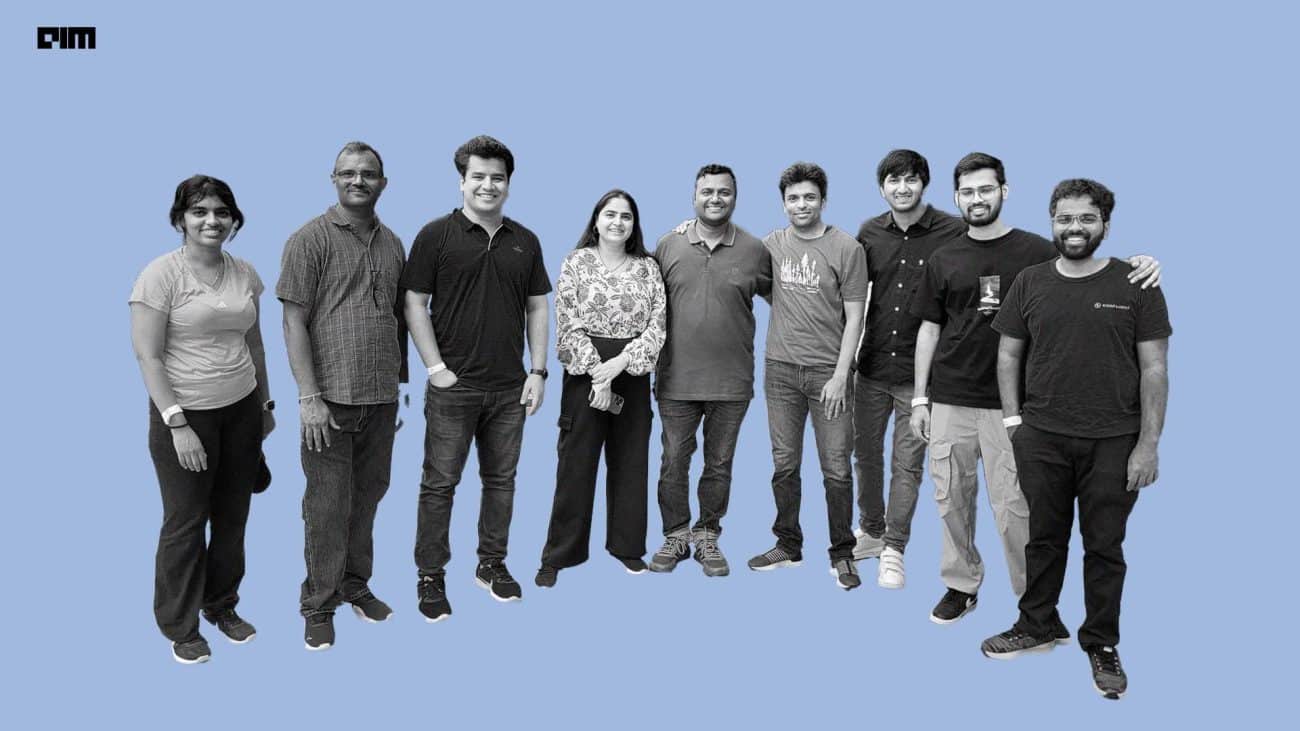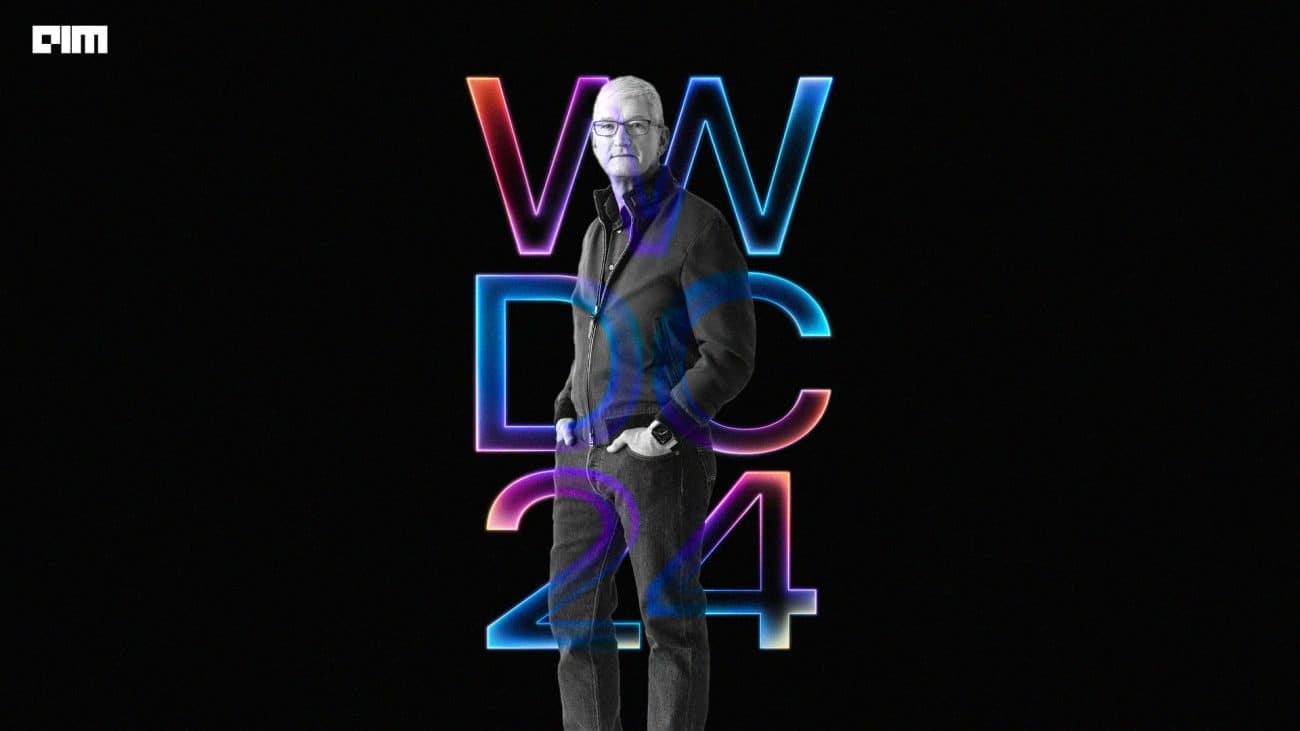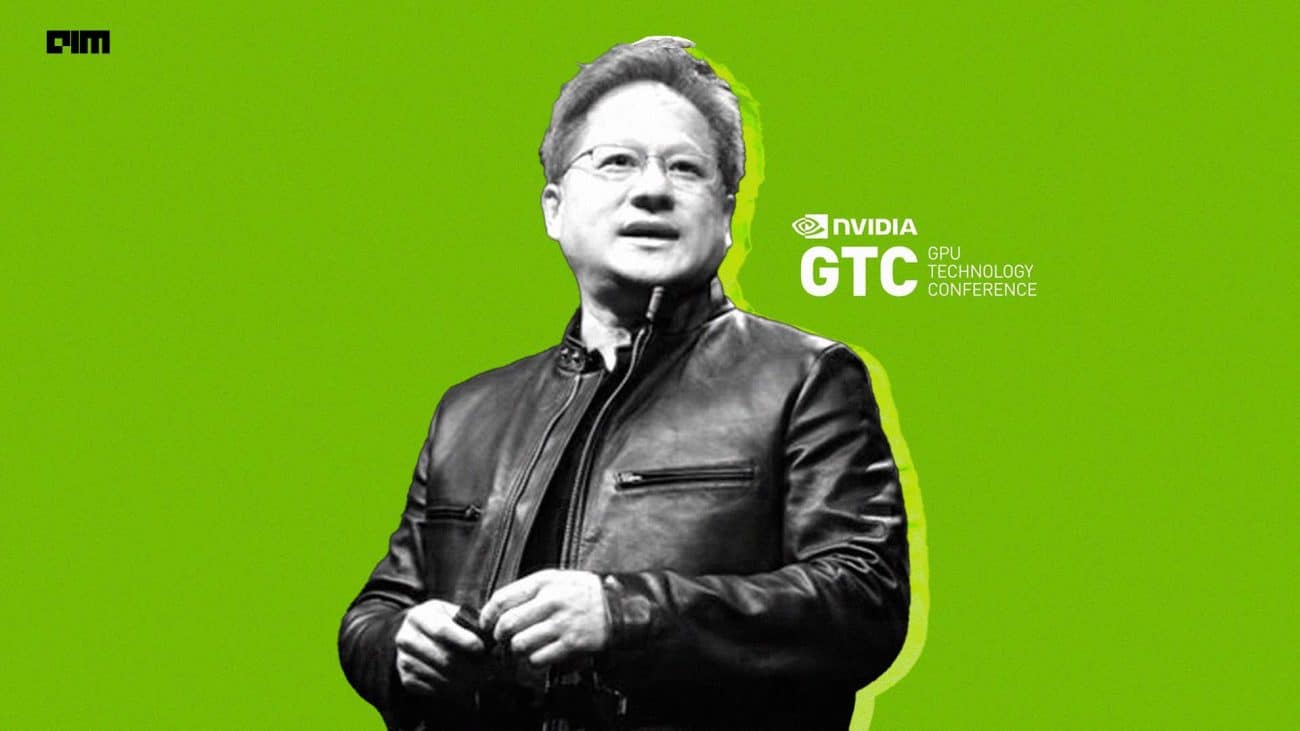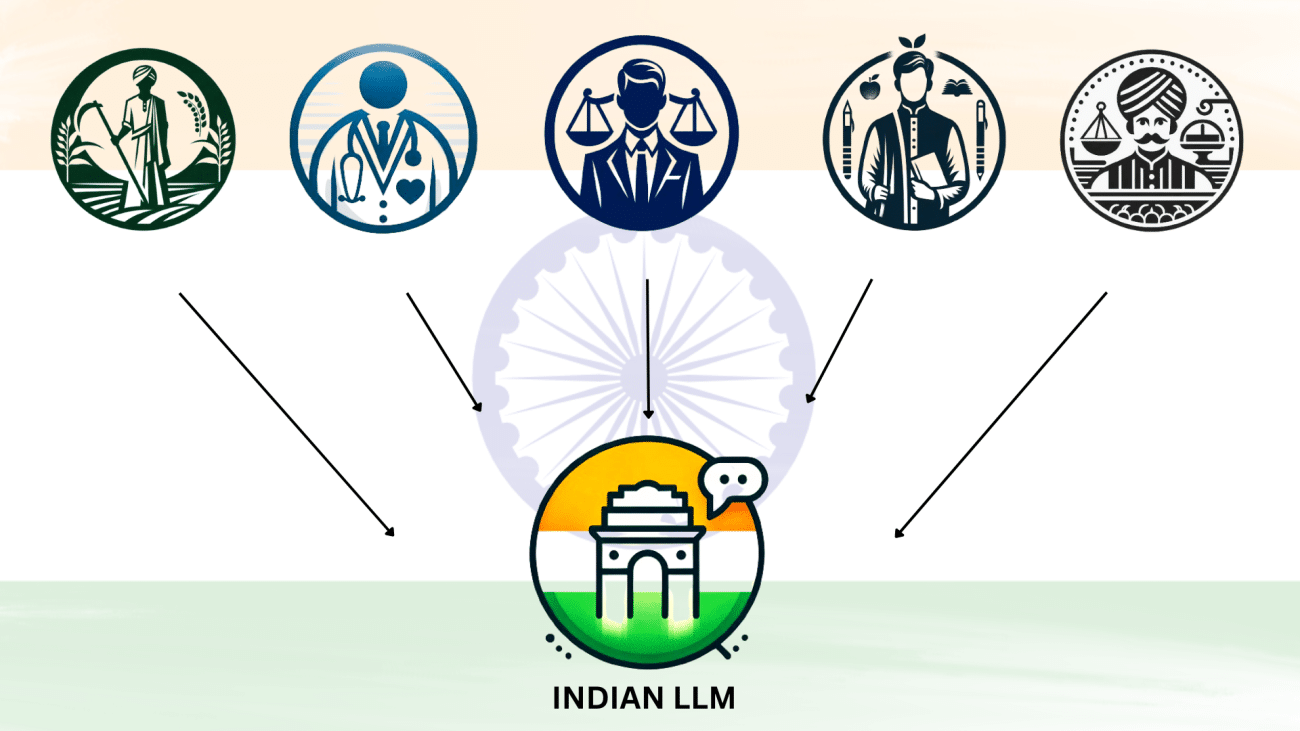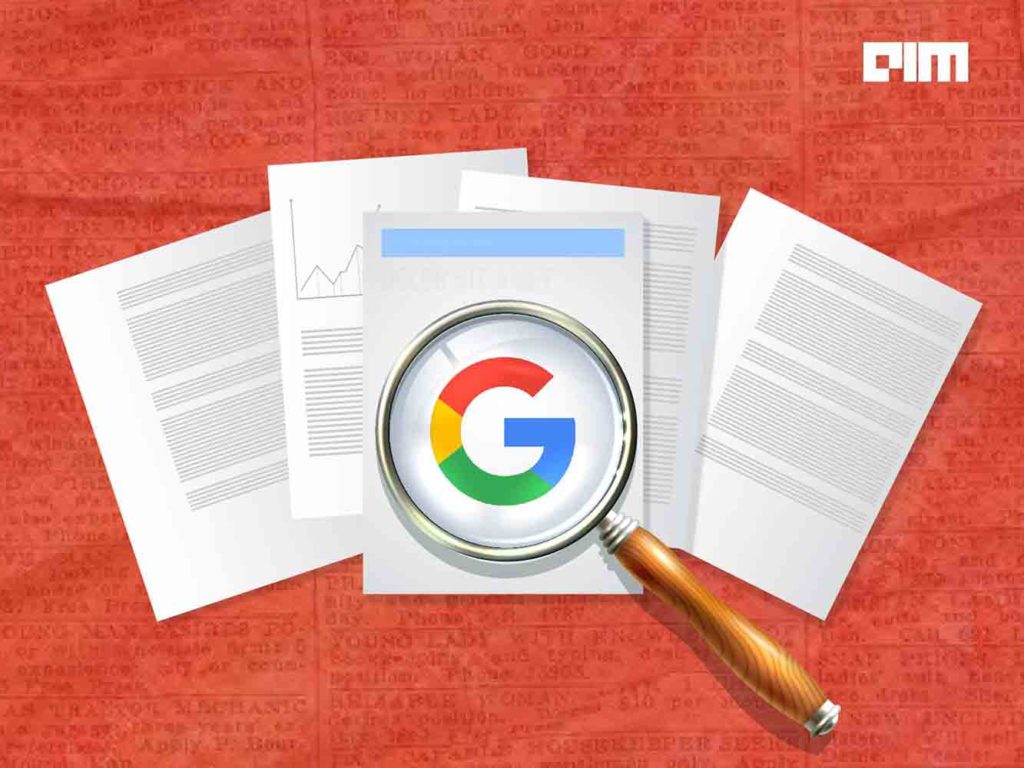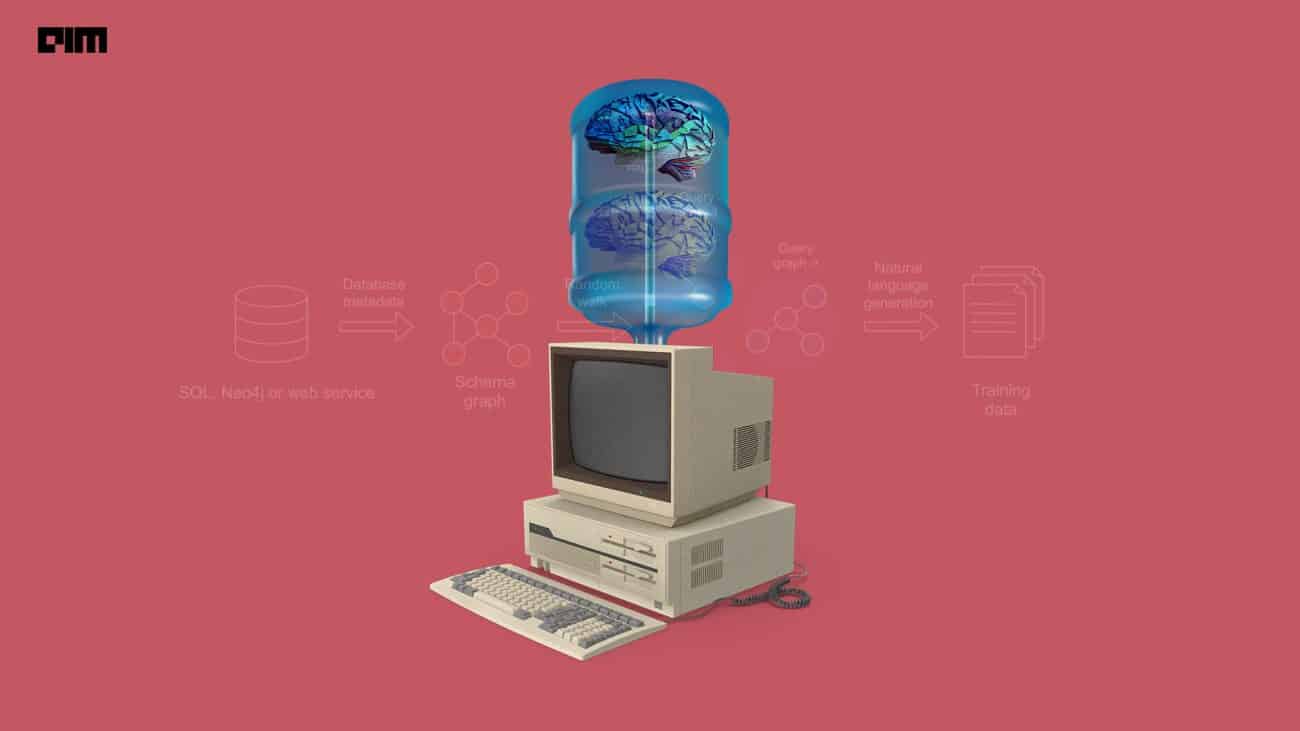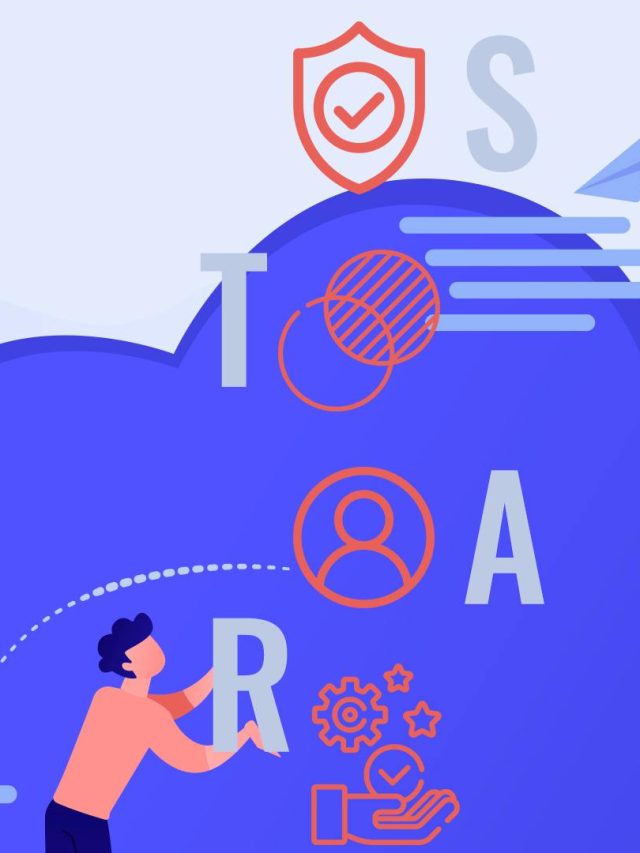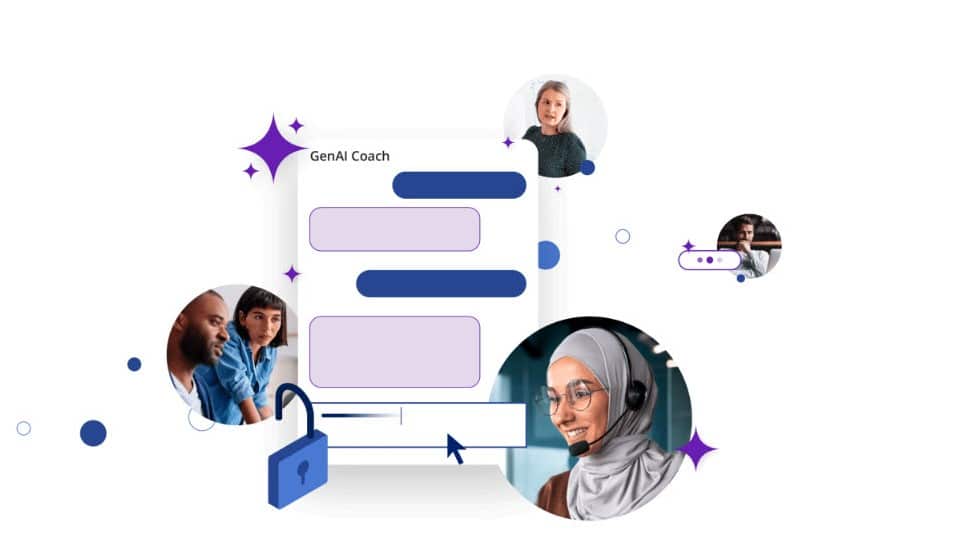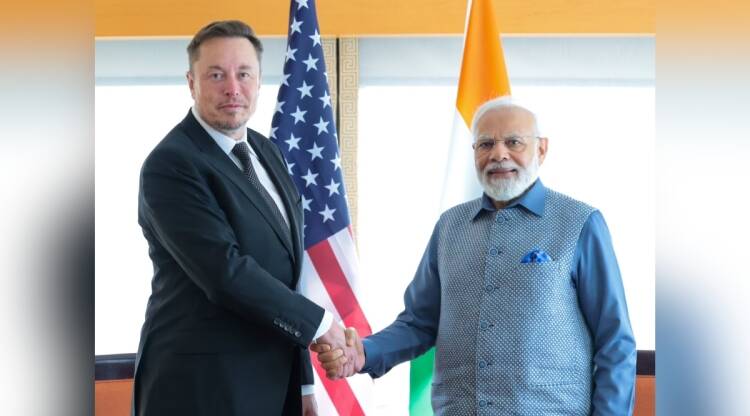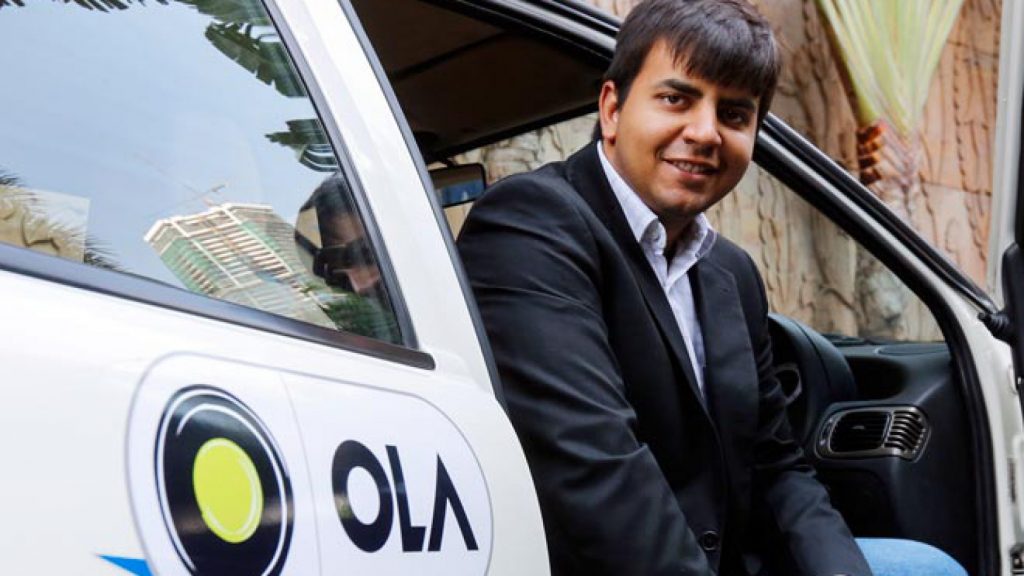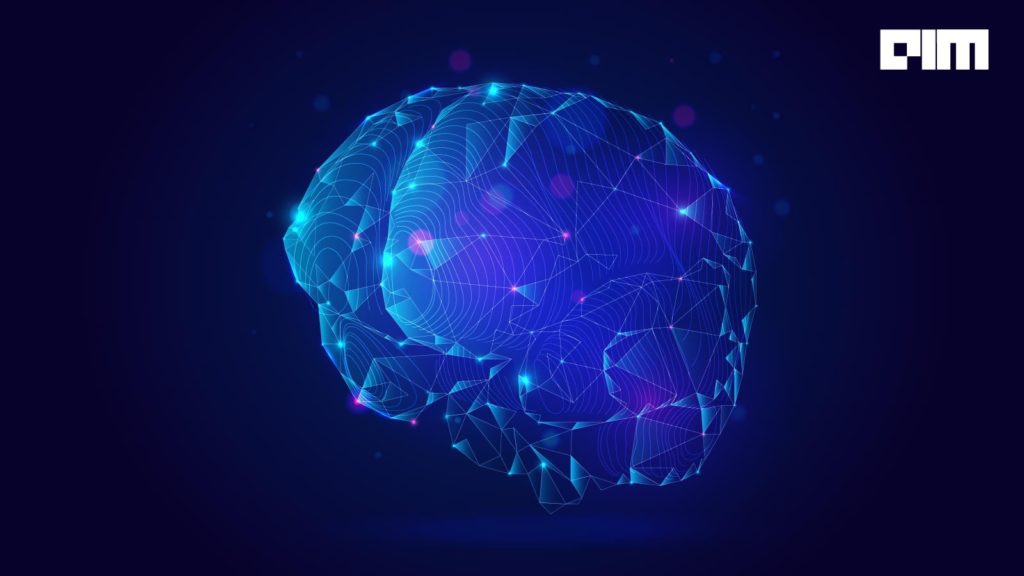Alphabet CEO Sundar Pichai has opened his keynote speech at the I/O conference with a pandemic joke. ‘After two years of starting meetings on mute, Can you hear me?’ he said. As expected, the keynote speech was packed with heavyweight announcements.
Here’s the rundown:
Google Translate
Google Translate now supports 24 new languages taking the tool’s coverage to 133 languages spoken by over 300 million people. “This includes the first indigenous language of the Americans,” said Pichai. The new Indian contingent includes Assamese, Bhojpuri, Konkani, Dogri, Sanskrit, etc. Pichai credited this the breakthrough to Zero-Shot Machine Translation.
24 new languages added to Google Translate.#Google #GoogleIO #GoogleIO2022 pic.twitter.com/m9wOvzD7vz
— Mukul Sharma (@stufflistings) May 11, 2022
We’re adding 24 new languages to Google Translate — the first using a breakthrough machine learning approach called Zero-Shot Machine Translation, where the model learns a new language without ever seeing a direct translation of it. #GoogleIO https://t.co/5Imnj6ff1E
— Google (@Google) May 11, 2022
TL;DR
“You ever felt a wave of panic when you realise you have to read a 25-page document before a meeting, and you haven’t read it? Whenever I get a long document or email, I look for a TL;DR- short for too long entry,” said Pichai. To that end, Google has introduced an auto-summarising feature for Google Docs. The technology leverages Google’s machine learning models to automatically pause and pull out the main points. The summarisation feature will be soon integrated into Google Chat and Google Meet to provide users with a summary and transcript of the conversation.
Couldn’t make that important meeting? Automated meeting transcriptions will provide a full transcript of a Google Meet call directly in @GoogleDocs. #GoogleIO pic.twitter.com/h7xdDfC5Jw
— Google (@Google) May 11, 2022
Immersive View
“You’ll be able to experience what a neighbourhood, landmark, restaurant or popular venue is like–and even feel like you’re right there before you ever set foot inside,” Pichai said while introducing Immersive View for Google Maps.
The new Google Maps immersive view…
— Andy Allen (@asallen) May 11, 2022
3D landscapes with realtime simulations for time of day, weather, traffic, wildlife. pic.twitter.com/j1LHNkZh7k
The feature also shows the traffic and weather information. The images behind Immersive View are all computer-generated, a combination of Google’s satellite captures and its Street View shots. “This feature will start rolling out in Google Maps for select cities globally this year,” said Pichai.
Immersive view in @GoogleMaps is a new way to experience what a neighborhood, landmark, restaurant and venue will be like — and even feel like you’re right there. It uses advances in computer vision and AI to fuse together billions of Street View images. #GoogleIO pic.twitter.com/DgJwwE03rQ
— Google (@Google) May 11, 2022
Eco-friendly routing
Google recently introduced an eco-friendly routing feature on Maps to find the optimal path to save fuel. “Eco-Friendly routes have already rolled out in the US and Canada. People have used them to travel 86 billion miles, helping save an estimated half-million metric tons of carbon emissions, the equivalent of taking 100,000 cars off the road,” said Pichai. Google will be expanding this feature to Europe this year with an estimated doubling in carbon savings by year-end.
Auto-translation and transcription for YouTube
Google uses DeepMind’s multimodal technology to update chapters and help users find the right part of a YouTube video. Google leverages speech recognition models for better transcriptions and auto-translations in 16 languages. Google has also added Ukrainian to auto-translated captions to help deliver accurate information from YouTubers to viewers around the world.















